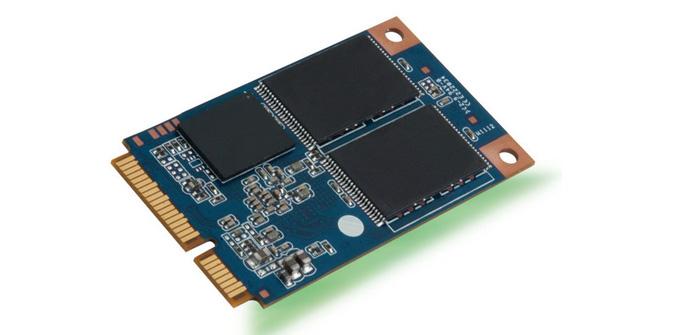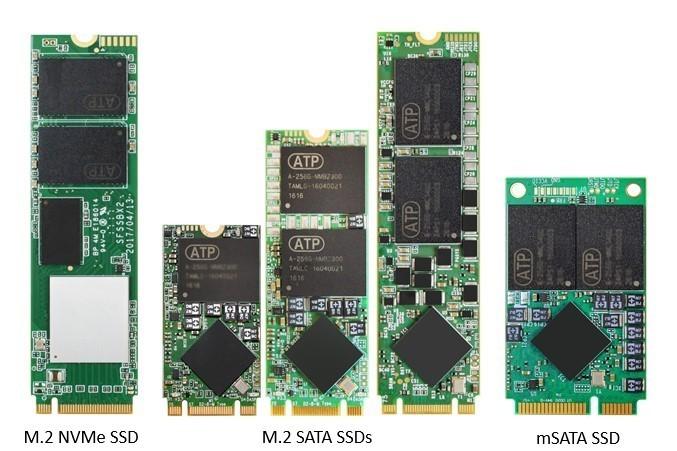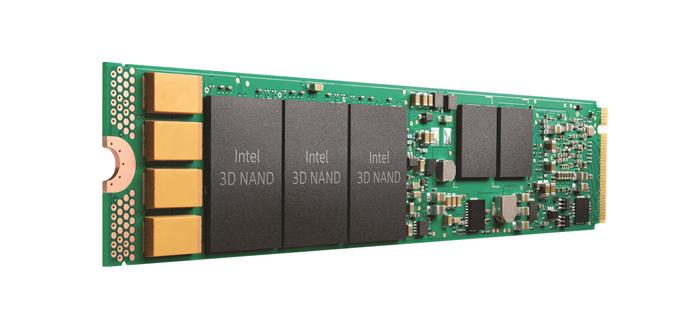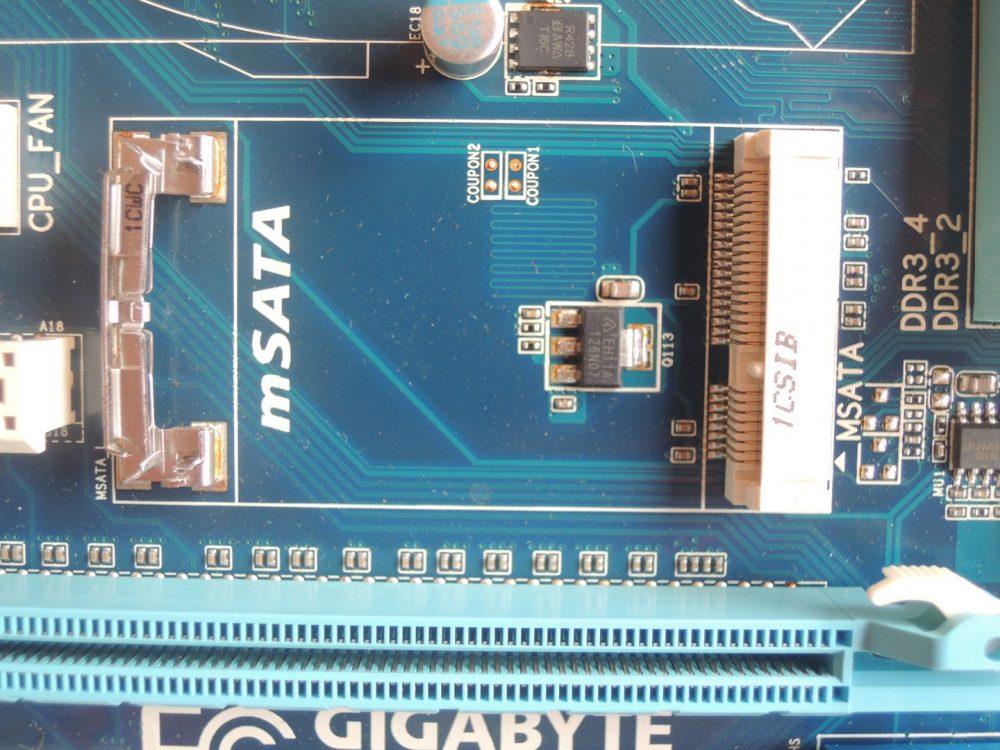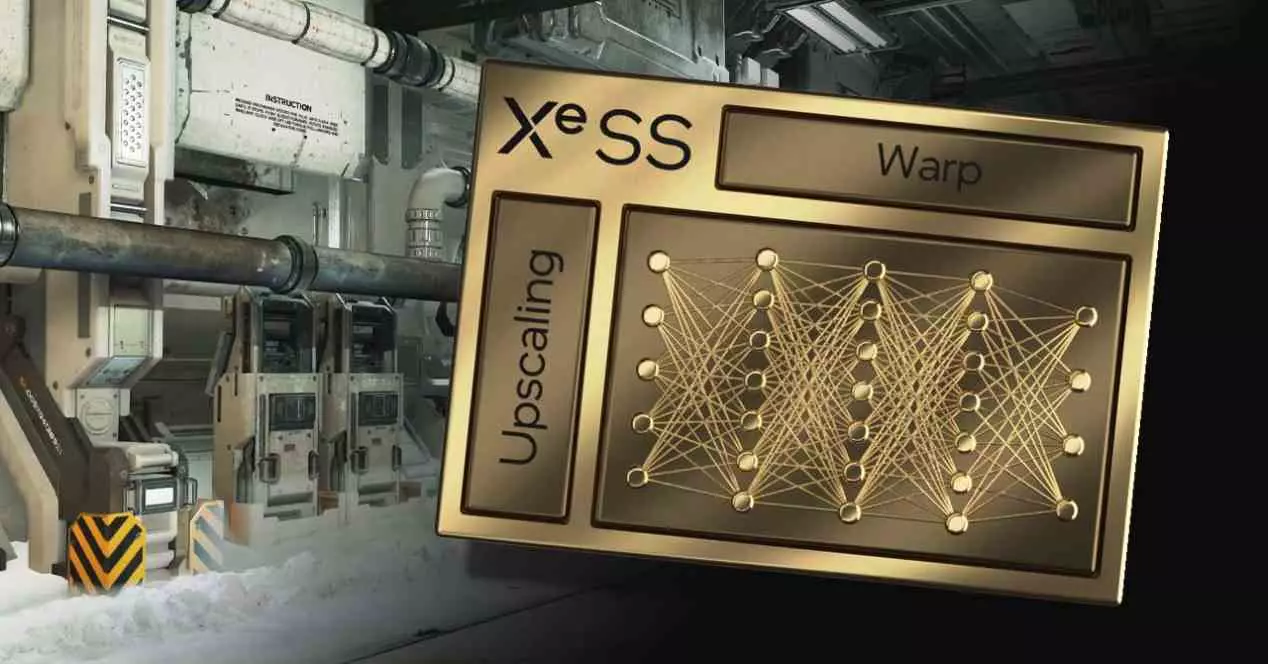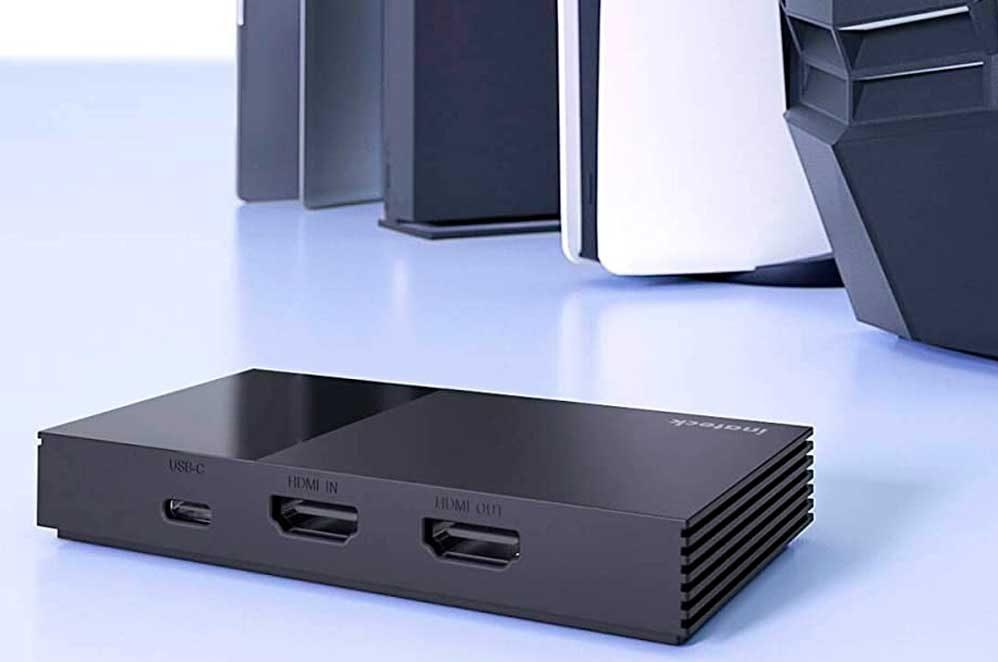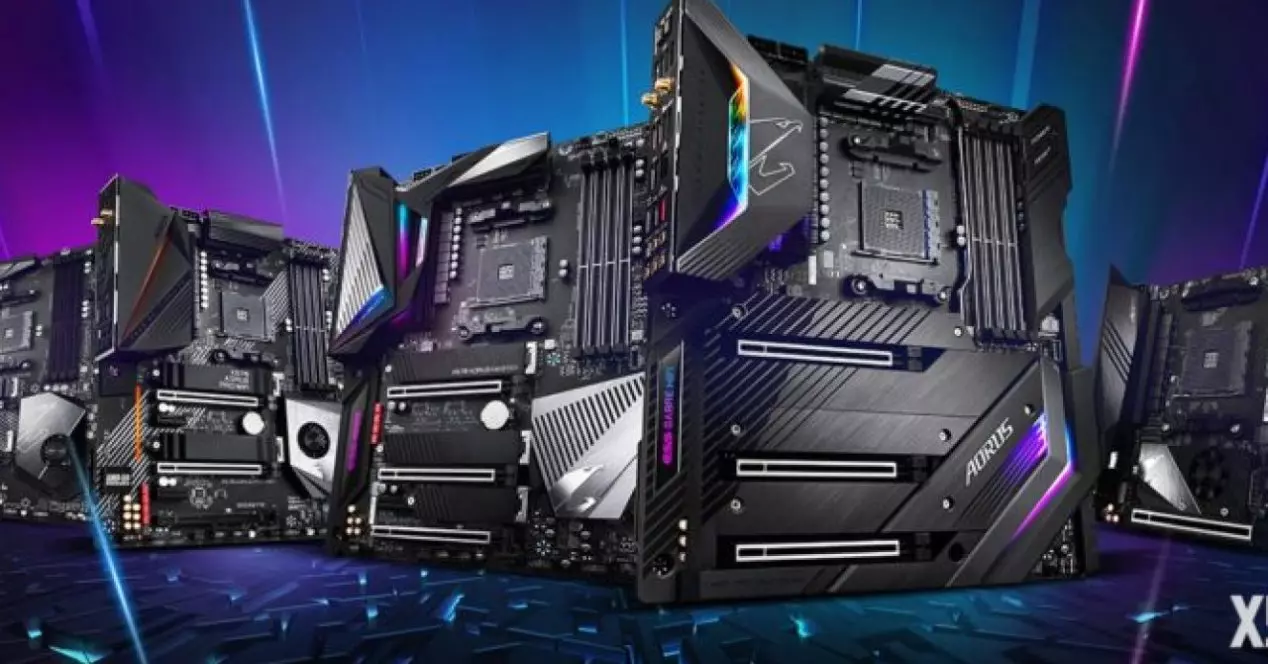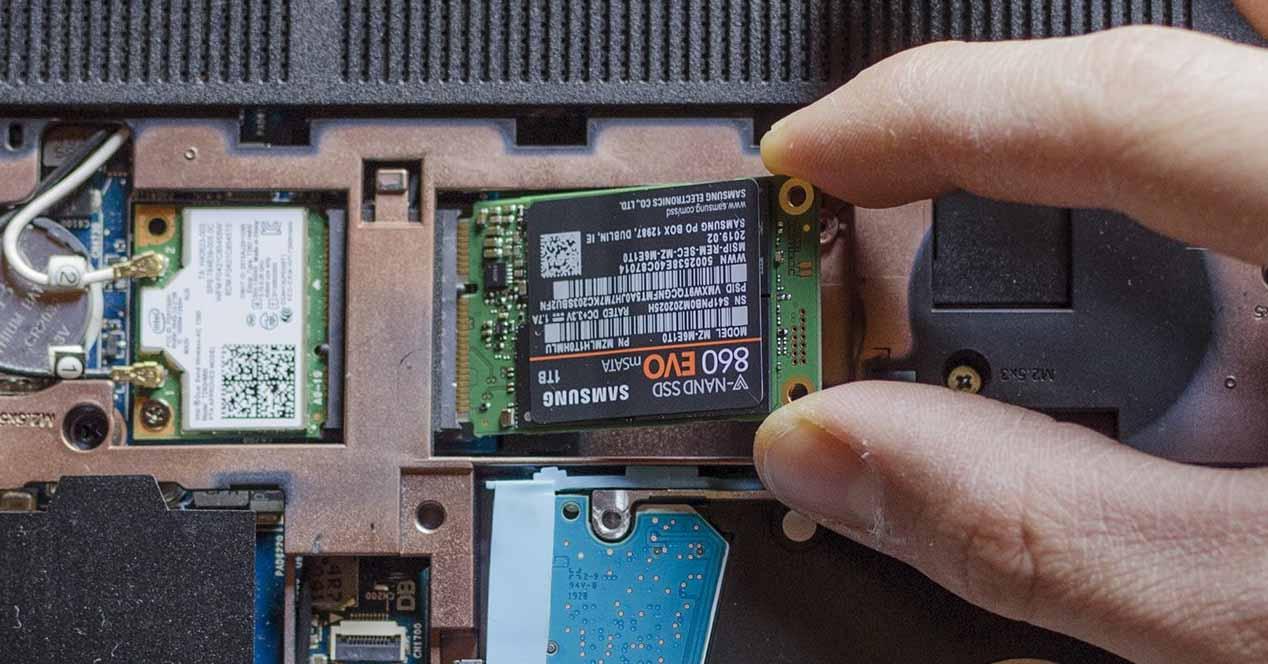
Today almost all of us connect our storage devices to the PC in two different ways: through a SATA 3 connector if the device is 3.5 / 2.5 inches, and in the case of SSDs in M.2 format, its The most common interface is PCI-Express (although there are also SATA interfaces). However, in the early days of the first SSDs outside the 2.5-inch format, the mSATA interface was also used for a time, which although it was not very successful and is hardly used today, it did have some importance in the industry.
MSATA interface features
An mSATA SSD is a solid state drive that meets the interface specification dictated by the International Serial ATA Organization. It has a smaller form factor than a standard SSD, as it is designed for use in power-limited portable devices such as ultrabooks, mini PCs, and even tablets. It has also been used in commercial devices such as digital signs, point of sale devices, retail kiosks, and multifunction printers.
An SSD in this format is roughly the size of a business card. Advantages of this format include the small form factor, low power consumption, high shock and vibration resistance, and instant start-up and shutdown capabilities. The maximum bandwidth of a mSATA SSD is 6 Gbps, the same as SATA 3.
Like SATA, mSATA uses the Advanced Technology Attachment (ATA) command set to transfer data between the PC and the storage device, so after all the main differences between this format and the usual SATA 3 are not other that the physical size and its connector, which is specific and, although it may not seem like it, it does not support an M.2 socket.
In the image above you can see the difference between SSDs in M.2 format (left and center, being the center SATA interface) and a mSATA on the right. The connector of the latter is wider and with a greater number of pins, the PCB is also wider and as you can see instead of having only half a hole for the screw at the back, it has two complete holes for its anchoring in the plinth. Otherwise, the layout of the controller and memory chips is identical.
How are they different from M.2 SSDs?
Both types are high-performance storage devices that were initially designed for use in small devices, such as laptops and tablets. However, as you already know, the main difference between these interfaces is that mSATA uses the SATA interface only and exclusively, while SSDs in M.2 format can use both SATA and PCI-Express interfaces, with the same format, size and more. .
The M.2 form factor emerged in 2013, roughly two years after the mini-SATA specification. The PCI Special Interest Group consortium of technology providers defined the M.2 specification; SATA-IO described the SATA version of M.2 in revision 3.2 of the SATA specification, and this type of SSDs also support the SATA Express interface, which is also defined in the SATA revision 3.2 and enables SATA or PCIe connectors (it is the own SSD which tells the host if the interface is PCIe or SATA).
The newer M.2 form factor allows for variations in drive dimensions (M.2 2280, 2240, etc.) while mSATA SSDs only come in two sizes, the full size and the so-called half size.
An M.2 SSD can extend the data rate well beyond the 6 Gbps limitation of a SATA SSD, and if it is based on PCIe it can use four of these lanes to support a speed of several Gigabytes per second. Additionally, PCIe SSDs that support the NVMe protocol can increase performance and reduce latency compared to those SSDs that use the ATA command set.
The story of a disappearance
The SATA International Organization (SATA-IO) began the development of this type of interface in 2009. The mSATA specification emerged in 2011 as part of the SATA standard revision 3.1, and the vendors that contributed to its development and adoption were, among others , Dell, Hewlett-Packard, Lenovo, Samsung, SanDisk, sTec (which was later acquired by HGST), Western Digital, and Toshiba. By the way, initially the specification was called mini-SATA, although then came the contraction that became popular later.
The problem is that the adoption of this interface was never very widespread beyond some mini PCs (including Intel NUC) and laptops, since its use was quickly replaced by the M.2 format, which became more successful thanks to its compatibility. with the PCI-Express interface since its width and anchors allowed its installation in a simpler way.
Therefore, the use of the mSATA interface on PC was never “the order of the day” far from it; Yes, we saw many SSDs in this format from large manufacturers such as Samsung or Kingston, but as the devices that used it were scarce, sales were also scarce, which is why the manufacturers finally decided to remove it from their production until today, so it is only used in some more “strange” devices outside of the PC industry itself, such as multifunction printers and commercial vending devices.
Today this interface is still used, but it is practically always already integrated into the device itself despite the fact that they are still marketed and it is not difficult to find these devices in computer stores (what is difficult to find are motherboards that support it ).
